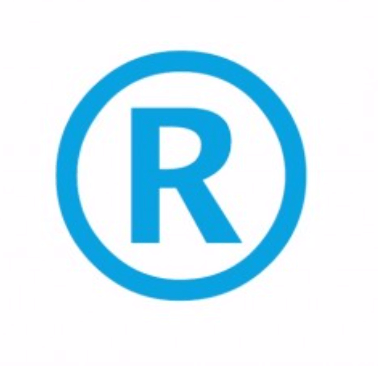Maintain Your Trademark Registration – A Timeline of Important Filings
Congratulations! Your trademark is officially registered with the United States Patent and Trademark Office. At this point in time, you have received the Certificate of Registration from the USPTO, but what happens next? In this article we are discussing the steps you should be taking in order to maintain your trademark registration.
As a trademark owner, you experience certain rights and benefits with a trademark registration. However, it is up to you, the trademark owner, to maintain your registered mark and enjoy such benefits. In order to maintain your trademark registration, you must file various declarations in the upcoming years.

Important Dates to Remember to Maintain Your Trademark Registration:
- The date of your trademark registration (listed on your Certificate of Registration).
- The 5th and 6th years after the registration date.
- The 9th and 10th years after the registration date.
- Every 9th and 10th year after the first ten-year period ends.
Filing a Combined Section 8 & 15 Declaration of Use – Between the 5th and 6th Years
No filings are due for at least five years after your mark has been granted registration. At this point in time, you should file a combined section 8 & 15 Declaration. If the Section 8 Declaration is not filed and accepted, your trademark registration will be cancelled. The Section 8 filing is mandatory, but the Section 15 filing is not. However, it is strongly recommended to file both the Section 8 and Section 15 to take full advantage of the benefits.
About the Section 8
A Section 8 Declaration Is a Sworn Statement of Use or Excusable Nonuse of the Trademark. The Section 8 filing must include a specimen of use. A “specimen” shows how you use your mark in commerce. It could be a label, a tag, or a container if you registered your mark for goods or an advertisement if you registered your mark for services.
About the Section 15
A Section 15 Declaration is a statutory request that the trademark be recognized by law as “incontestable”. Incontestable status denies adverse litigants the ability to challenge your trademark registration. For example, even a prior unregistered user of the trademark is blocked from canceling your trademark registration when it is deemed incontestable. For more information about this, visit Trademark Renewal – What is a Combined Section 8 & 15 Declaration?
Filing a Combined Section 8 & 9 – Between the 9th and 10th Years
As the time frame between the 9th and 10th year of your registration approaches, it is time to apply for trademark renewal by filing the Combined Section 8 & 9. Otherwise, your trademark registration will automatically expire after 10 years.
About the Section 9
The Section 9 is an application to renew the trademark registration. Section 9 of the Trademark Act, 15 U.S.C. 1059, provides trademark owners with the opportunity to renew their trademark registrations before they expire at the end of the 10-year period from the date of registration.
About the Section 8
As stated above, the Section 8 proves that the owner is still using the trademark with the goods and services listed in the registration. Visit our other article to read more about filing a Combined Section 8 & 9 Application for Renewal.
Requirements in Successive Ten-Year Periods
Once the renewal application is accepted, the registration remains active for another 10 years. This means your next filing is due between the 19th and 20th year of your registration, and again between the 29th and 30th year, and so on. At these intervals, the owner will again have to file an application for renewal of the trademark registration, or the registration will go abandoned.
Grace Period – Late Filings for Renewing a Trademark Registration
There is a six-month grace period for filing the documents listed above, with payment of an additional fee. This means that you are able to file up to six months after the expiration of the deadline – with the payment of an additional grace period surcharge fee.
